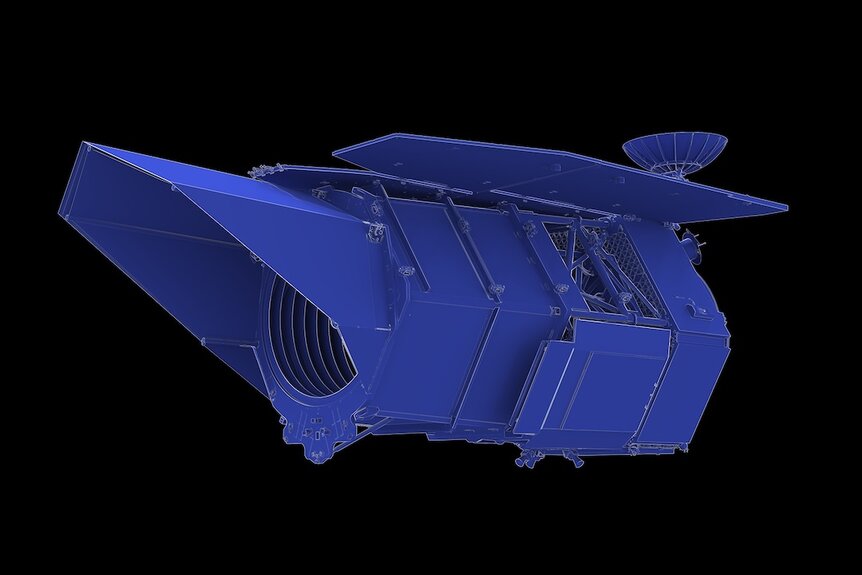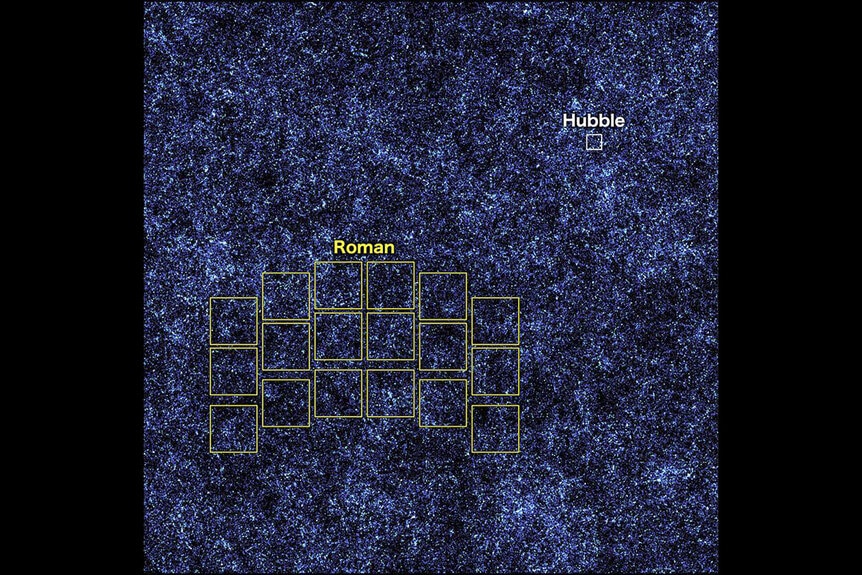Create a free profile to get unlimited access to exclusive videos, sweepstakes, and more!
The Roman Space Telescope will survey the universe faster than ever before
NASA always has the best toys.

In SYFY’s new science fiction adventure, The Ark, a crew of human explorers boards an interstellar ship on a one-way trip to another star. It’s a gamble, to be sure, and one which goes about as well as you might expect, but it’s necessary if humanity wants to continue existing. That’s because things on Earth, in The Ark’s fictional alternate reality, aren’t going very well.
In truth, fixing our own planet will always be orders of magnitude easier than finding someplace else and renovating it to our liking. That said, there are those within the scientific community who believe that the only long-term survival strategy for our species is to ensure we populate more than one world. The bad news is there’s nothing close by that looks like home, and it’s unlikely we’ll find anything truly Earth-like at the next-closest star. If we want to find a new Earth, we’re probably going to have to look farther afield.
RELATED: 'The Ark' co-creator Jonathan Glassner says he 'could write a whole show' on the subject of cloning
Luckily, NASA has a new space telescope in the works which could make exploring the universe a lot more efficient. The Roman Space Telescope -- named for Nancy Grace Roman, an astronomer who worked at NASA for decades and was referred to as the “mother of the Hubble Space Telescope” -- will be capable of capturing images tens of times larger than what Hubble or the JWST are capable of.
“The Hubble and James Webb Space Telescopes are optimized for studying astronomical objects in depth and up close, so they’re like looking at the universe through pinholes. To solve cosmic mysteries on the biggest scales, we need a space telescope that can provide a far larger view. That’s exactly what Roman is designed to do,” said Aaron Yung, a postdoctoral fellow at NASA’s Goddard Space Flight Center, in a statement.
Hubble and the JWST will still provide the sorts of close-up, high detail images which can deliver a lot of information about a relatively small area. The Roman Space Telescope will offer the opposing benefits, allowing astronomers to survey large swathes of the sky all at once.
RELATED: NASA renames new space telescope after pioneering astronomer Nancy Grace Roman
Recently, astronomers produced a simulation of the sorts of images Roman will produce. The simulation covers two square degrees of the sky, an area roughly ten times the area covered by the Moon. The results of that simulation were published in the Monthly Notices of The Royal Astronomical Society. The simulation is built upon current models of galaxy formation and shows the way structures interact in the cosmos over a wide area. Once Roman is in the air and sending back actual data, scientists will be able to bump their models up against new information. Those comparisons will reveal errors in our models and allow us to refine our understanding of the universe.
Moreover, Roman won’t just give us snapshots of the visible universe as seen from our front door, it will also wind back the clock to see how the universe changed over time. That’s information with the potential not only to reveal the way galaxies form but also how and why dark matter spread across the cosmos. Today, galaxies largely exist at the intersection of invisible strands of dark matter, with vast empty expanses in between. Using Roman’s panoramic cosmic portraits to wind back the clock could see those voids shrinking and the stars devolving into a hot collection of roiling plasma as we approach the Big Bang.
By providing a wider view, both in terms of viewing angle and in terms of time, Roman could help us to unravel some of the universe’s most shrouded mysteries faster than ever before. Astronomers estimate that Roman’s wide viewing angle will allow them to survey sections of the sky that would take Hubble 85 years, in just a couple of months. Then when it finds something interesting, and it will, Hubble or the JWST can swoop in to investigate a little more closely.
The Nancy Grace Roman Space Telescope is slated for launch sometime before May 2027, to join humanity’s growing collection of orbiting astronomical instruments. If Hubble and the JWST were us peering at the stars through the front door’s peep hole, the Roman Space Telescope will throw the curtains open and present the universe’s rolling landscapes like we’ve never seen them before. We can’t wait.
In the meantime, catch the latest episodes of The Ark, airing on SYFY Wednesdays at 10:00 p.m. ET, and streaming on Peacock the next day!
































